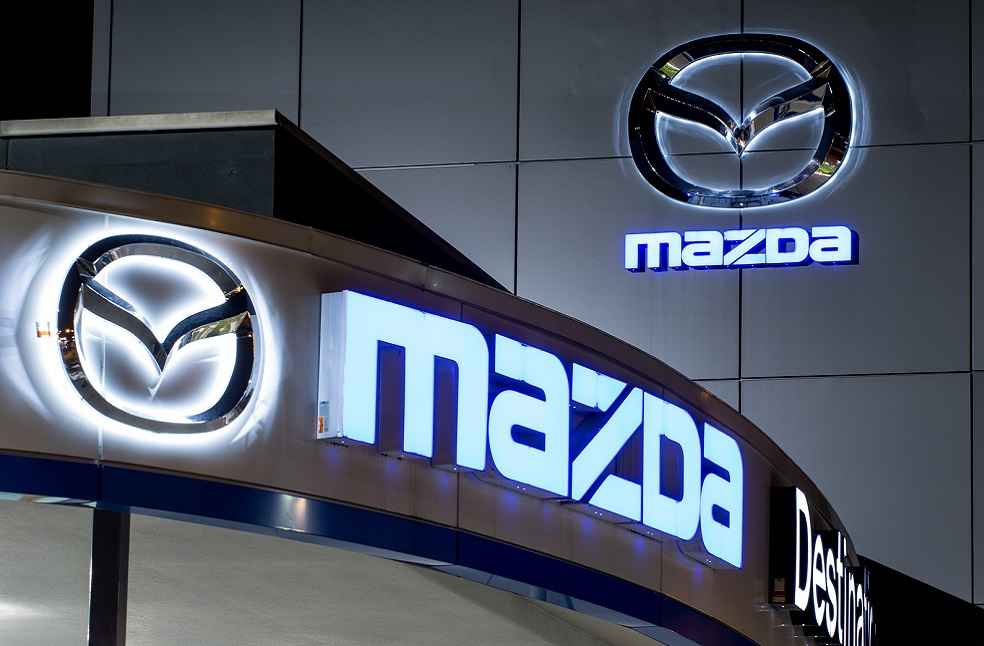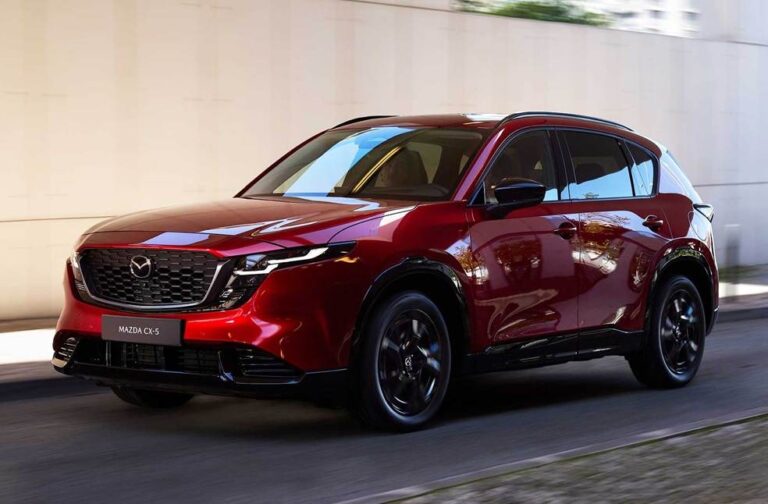Mazda Motor has deepened its collaboration with Nippon Steel, integrating their joint efforts into the latest MAZDA CX-5 crossover.
The move is said to have streamlined procurement, cut down transportation expenses and CO₂ emissions, minimized supply chain inventory, and indirect savings in production costs. The collaboration supports Mazda’s 2030 Management Policy, which emphasizes reducing costs and strengthening the supply chain.
“Through its co-creation activities with Mazda, Nippon Steel is promoting collaboration not only in the development of steel products, but also in a wide range of areas, including design, processing, and mass production processes.” Nippon Steel executive vice president Takashi Hirose said.
Nippon Steel contributed from the initial stages of development, allowing Mazda to reevaluate design, production, and procurement throughout the supply and value chain. Mazda integrated Nippon Steel’s NSafe‑AutoConcept ECO³ (NSAC ECO³) and combined its own model-based development approach with Nippon Steel’s analytical tools and construction methods.

The firms say the new CX‑5 achieves a 10% reduction in steel weight compared with the previous model, without compromising rigidity or collision safety.
The companies also worked together on selecting steel sheet materials early in the development process and opted for a Nippon Steel sheet plant located close to Mazda’s assembly facility.
Mazda has also declared plans to address inefficiencies throughout the supply and value chain by engaging in long-term co‑creation with chosen suppliers to streamline manufacturing from the earliest stages of development.
Mazda reported that global passenger vehicle production fell 1.7% year-on-year in August 2025, totaling 84,754 units compared with 86,192 units in the same month last year.
DON’T MISS | Canada Cuts Stellantis and General Motors Tariff-Free Vehicle Quotas





